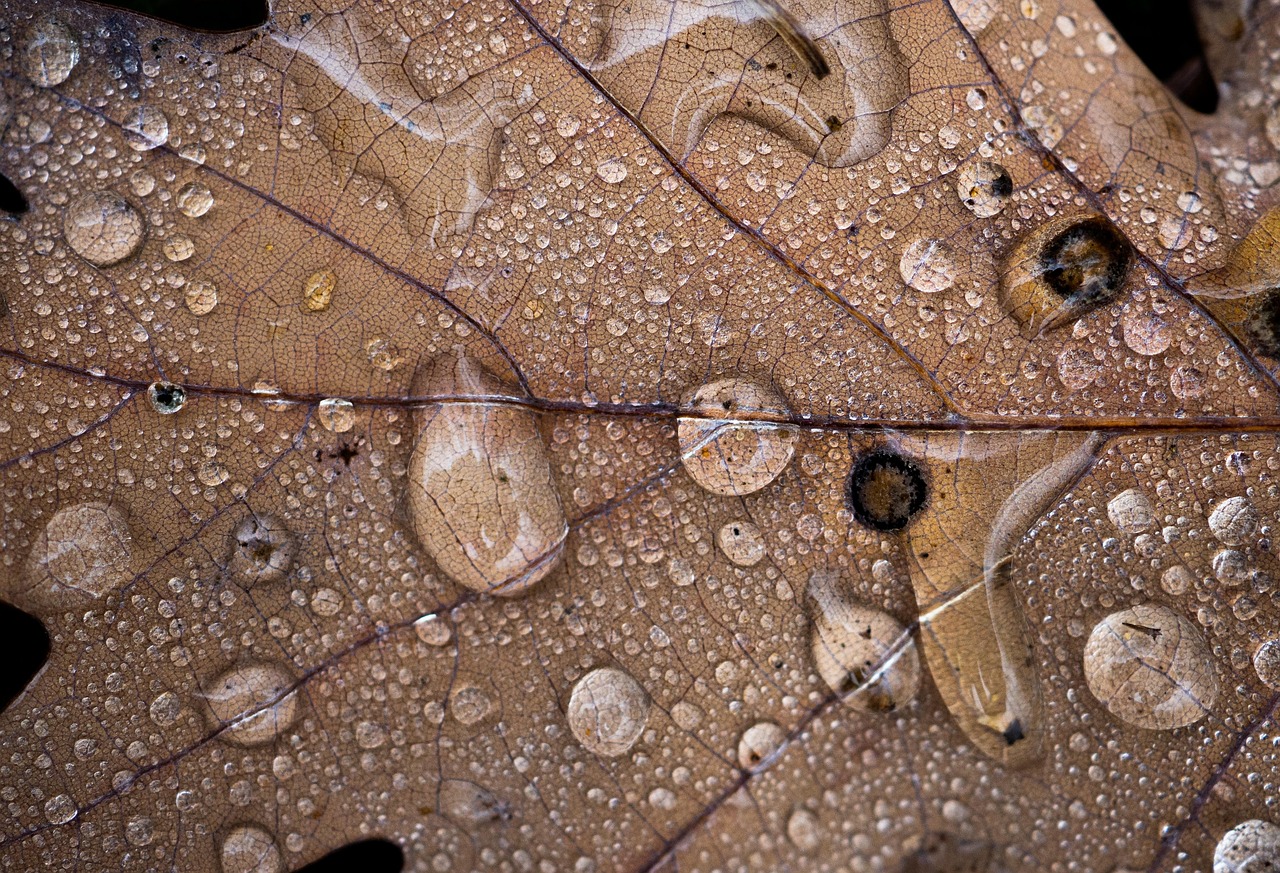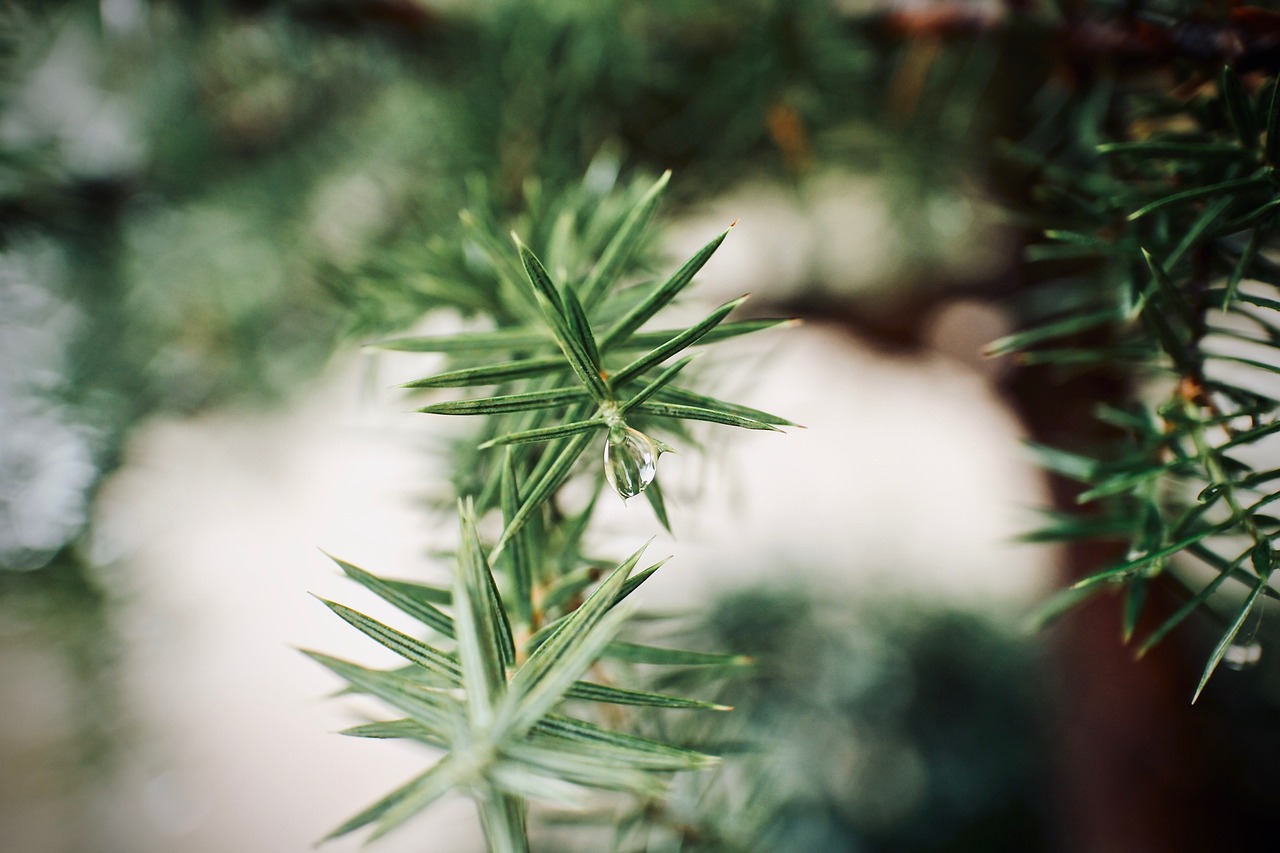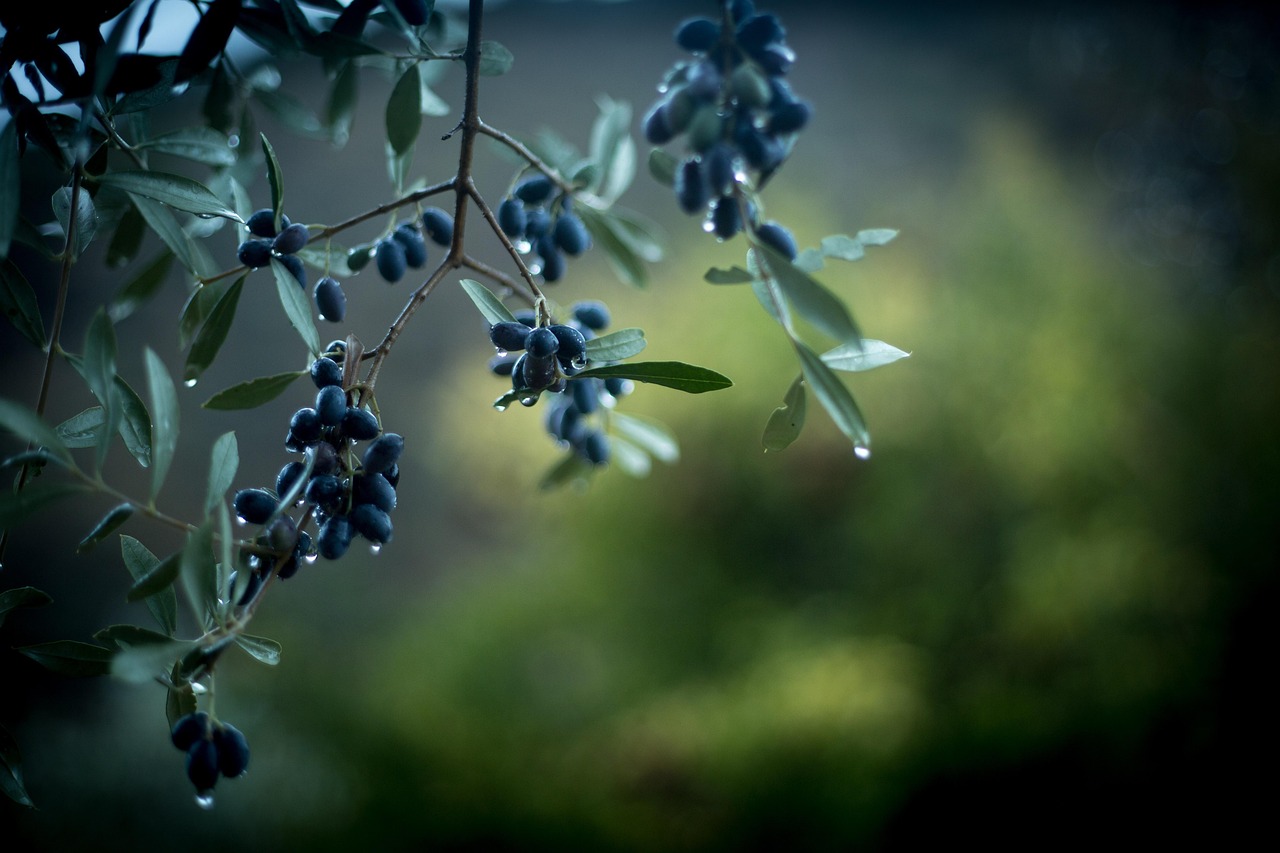The Golden Rain Tree, known for its stunning yellow blooms and unique characteristics, is a must-have addition to your garden this season. Its vibrant flowers and lush foliage create a spectacular display, making it a favorite among gardeners and landscape enthusiasts.
This beautiful tree, scientifically referred to as Koelreuteria paniculata, is native to East Asia but has gained popularity worldwide due to its adaptability and ornamental value. The Golden Rain Tree typically grows between 30 to 40 feet tall and features a rounded crown that offers ample shade. With the right conditions, it can thrive in various environments, making it an ideal choice for many landscapes.

One of the most striking features of the Golden Rain Tree is its brilliant yellow flower clusters. These blossoms bloom in late spring to early summer, creating a stunning visual display that lasts several weeks. As the flowers fade, they give way to unique seed capsules that resemble lanterns, adding interest to the tree even after the blooming season. This combination of flowers and seed pods ensures year-round appeal.
Characteristics of the Golden Rain Tree
The Golden Rain Tree boasts several distinctive characteristics that contribute to its popularity. Here are some key features:
| Feature | Description |
|---|---|
| Height | 30 – 40 feet |
| Spread | 25 – 35 feet |
| Foliage | Pinnately compound leaves, green in summer, turning yellow in fall |
| Flowers | Bright yellow clusters, blooming in late spring to early summer |
| Fruit | Unique seed capsules resembling lanterns |
The tree prefers full sun and well-drained soil, making it versatile for various planting locations. It is known for its drought tolerance once established, requiring minimal maintenance. This resilience makes it an excellent choice for gardeners looking for a low-maintenance yet visually stunning tree.
In addition to its aesthetic qualities, the Golden Rain Tree provides ecological benefits. It attracts various pollinators, including bees and butterflies, which are essential for maintaining healthy ecosystems. Its dense canopy also offers shelter and habitat for birds and small wildlife, enhancing biodiversity in your garden.
Cultivation and Care
Growing a Golden Rain Tree requires some consideration of its environmental needs. Here are essential tips for successful cultivation:
- Select a location with full sun exposure.
- Ensure the soil is well-draining; sandy or loamy soils work best.
- Water regularly, especially during dry spells, until the tree is established.
- Prune as needed to maintain shape and remove any dead or damaged branches.
By following these simple guidelines, you can ensure that your Golden Rain Tree thrives and continues to offer its spectacular display season after season.
Landscape Design Ideas with Golden Rain Tree

The Golden Rain Tree is not just a stunning specimen on its own; it can also enhance various landscape designs. Its unique features and vibrant colors make it a versatile choice for different gardening styles. Here are some creative ways to incorporate this beautiful tree into your landscape:
1. Focal Point in Gardens
Due to its impressive height and blooming flowers, the Golden Rain Tree can serve as a focal point in any garden. Placing it in the center of a circular garden bed allows for a dramatic display. Surround it with shorter flowering plants or ornamental grasses to create a layered effect. Consider using:
- Daylilies: Their vibrant colors complement the tree’s yellow blooms.
- Lavender: The purple hues create a striking contrast.
- Hostas: Their lush foliage adds texture and depth.
2. Shade Provider
The rounded crown of the Golden Rain Tree provides excellent shade, making it a perfect addition to patios or outdoor seating areas. Position the tree strategically to offer shade during the hottest parts of the day. You can enhance the area with:
- Benches: Create a relaxing seating area under the tree.
- Outdoor dining sets: Enjoy meals outside while being sheltered from the sun.
- Garden sculptures: Add decorative elements to increase visual interest.
Seasonal Interest Throughout the Year

The Golden Rain Tree offers beauty not just during its blooming season but all year long. Understanding its seasonal changes can help you plan for year-round interest in your garden.
Spring
As spring arrives, the tree bursts into vibrant yellow flowers that attract pollinators. This floral display is a highlight, offering a cheerful welcome to the season. The fresh green leaves also emerge, adding to the tree’s appeal.
Summer
During summer, the lush foliage provides shade and coolness. The yellow flowers may fade, but the unique seed pods begin to develop, creating visual interest. These lantern-like structures can remain throughout the summer and into fall, adding texture.
Fall
In the fall, the leaves of the Golden Rain Tree transition to beautiful shades of yellow before dropping. This seasonal change creates a lovely tapestry of colors in your garden. The seed pods persist, providing additional visual intrigue even after leaf drop.
Winter
In winter, the tree’s bare branches reveal its structure, offering an elegant silhouette against a snowy backdrop. This stark beauty can be enhanced by surrounding it with evergreen shrubs or ornamental grasses, creating contrast and interest even in the colder months.
Potential Challenges and Solutions
<pWhile the Golden Rain Tree is generally easy to care for, it can face some challenges. Here are common issues and effective solutions:
- Pests: Watch for aphids and scale insects, which can affect foliage health. Regular monitoring and insecticidal soap can manage these pests effectively.
- Disease: Fungal diseases may occur in humid conditions. Ensuring proper spacing for air circulation can help prevent these issues.
- Overwatering: Be cautious not to overwater, as this can lead to root rot. Allow the soil to dry between watering sessions.
By addressing these potential challenges proactively, you can keep your Golden Rain Tree healthy and thriving in your landscape.

Benefits of Planting a Golden Rain Tree
Choosing to plant a Golden Rain Tree offers numerous benefits that extend beyond its aesthetic appeal. Understanding these advantages can help you appreciate why this tree is an excellent addition to your landscape.
1. Attracts Wildlife
The Golden Rain Tree plays a vital role in supporting local wildlife. Its vibrant flowers attract a variety of pollinators, including:
- Bees: Essential for pollination, bees are drawn to the bright yellow blooms.
- Butterflies: These colorful insects find nourishment in the flower nectar, contributing to a lively garden atmosphere.
- Birds: The tree’s seed pods provide food for various bird species, ensuring they visit your garden throughout the year.
2. Low Maintenance
Once established, the Golden Rain Tree is relatively low maintenance. Its drought tolerance means it requires less frequent watering compared to other trees. This feature makes it an ideal choice for busy homeowners or those new to gardening.
3. Soil Improvement
Golden Rain Trees contribute positively to soil health. They have deep root systems that help prevent soil erosion and improve soil structure. Additionally, their fallen leaves decompose and enrich the soil with organic matter, benefiting nearby plants.
Designing with Golden Rain Trees
Integrating Golden Rain Trees into your landscape design can enhance visual appeal and functionality. Here are several design ideas for effectively utilizing this tree:
1. Group Planting
Planting multiple Golden Rain Trees in clusters can create a stunning visual effect. This approach works particularly well in larger gardens or parks where their height and spreading canopy can be fully appreciated. Group planting can also maximize wildlife attraction.
2. Street Trees
The Golden Rain Tree is an excellent choice for urban areas. Its ornamental value and shade-providing qualities make it suitable for planting along streets and sidewalks. To implement this idea:
- Ensure proper spacing between trees to allow for their mature size.
- Select locations that receive full sun to maximize growth and flowering.
- Consider using them in median strips or parkways for added beauty.
3. Complementary Plantings
To create a harmonious landscape, consider pairing the Golden Rain Tree with other plants that thrive in similar conditions. Some excellent companion plants include:
- Crape Myrtle: Their vibrant colors bloom at different times, providing continual interest.
- Japanese Maple: The contrasting foliage shapes and colors create visual balance.
- Ornamental Grasses: These add texture and movement to the landscape.
Cultural Significance of the Golden Rain Tree
The Golden Rain Tree holds cultural significance in various regions. In some Asian cultures, it symbolizes prosperity and good fortune. Its unique flowers are often featured in local festivals and traditional celebrations, highlighting its importance beyond mere aesthetics.
Furthermore, the tree is sometimes associated with environmental conservation efforts due to its ability to thrive in urban settings while supporting local ecosystems. This dual role enhances its desirability as both an ornamental and functional tree.
With its rich history and ecological benefits, the Golden Rain Tree is more than just a beautiful addition to your garden; it is a tree that brings life and culture to your landscape.
Environmental Benefits of the Golden Rain Tree
In addition to its aesthetic and cultural significance, the Golden Rain Tree contributes positively to the environment in several ways. Understanding these benefits can further highlight why this tree is a valuable addition to your landscape.
1. Air Quality Improvement
The Golden Rain Tree plays a role in improving air quality. Like all trees, it absorbs carbon dioxide and releases oxygen, which is crucial for maintaining a healthy environment. Its broad leaves also help filter pollutants from the air, contributing to cleaner surroundings.
2. Erosion Control
The tree’s robust root system helps stabilize the soil, preventing erosion. This is particularly beneficial in areas prone to heavy rainfall or on slopes where soil can easily wash away. By planting a Golden Rain Tree, you can help protect your landscape from erosion while enhancing its beauty.
3. Biodiversity Support
By attracting various species of birds, insects, and other wildlife, the Golden Rain Tree fosters biodiversity in your garden. This diversity is essential for ecosystem balance, as different species contribute to pollination, seed dispersal, and natural pest control.
Golden Rain Tree Varieties
While the common Golden Rain Tree, Koelreuteria paniculata, is widely appreciated, there are other varieties worth considering. Here are a few notable options:
- Koelreuteria elegans: Known for its striking foliage and flowers, this variety is smaller and suitable for compact spaces.
- Koelreuteria bipinnata: This species features fine, feathery leaves and produces clusters of yellow flowers, adding a unique texture to landscapes.
- Koelreuteria formosana: Commonly known as the Taiwan golden rain tree, it has larger leaves and a slightly different flowering pattern.
Exploring these varieties allows gardeners to find the perfect fit for their specific landscape needs and personal preferences.
Final Thoughts
The Golden Rain Tree is truly a spectacular addition to any garden or landscape. Its vibrant yellow flowers bring joy and beauty in spring and summer, while its unique seed pods provide visual interest well into fall and winter. Beyond its ornamental value, this tree offers numerous ecological benefits, including improved air quality, erosion control, and support for biodiversity.
As you consider adding the Golden Rain Tree to your landscape, remember the importance of proper care and placement to ensure it thrives. Its adaptability makes it suitable for various environments, whether in urban settings or more rural landscapes.
With its cultural significance and environmental advantages, planting a Golden Rain Tree is an investment in beauty and sustainability. Embrace the opportunity to enhance your outdoor space with this magnificent tree, and enjoy the many rewards it brings throughout the seasons.
